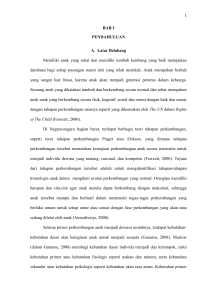

While dangdut's audience has certainly grown, dangdut has not been thoroughly incorporated into the national culture of Indonesia, as claimed by government and military officials in popular print media. Formerly associated with the disenfranchised and depoliticized underclass, the music was marketed to appeal to middle class and elite audiences in the 1980s.

Using an historical approach, I construct an interpretation of these representational practices, taking into account shifts in the social meaning and function of dangdut's audience. I describe the ways in which popular print media â–˜speaks forâ–™ people, and the relations of power that define those discourses. In popular print publications, representations of dangdut as the music of â–˜the peopleâ–™ (rakyat)â–”the majority of societyâ–”have been produced with great frequency and in a variety of popular print media. The audience for dangdut has been imagined, represented, and mobilized in various ways to support the ideological interests of commercial, government, and critical institutions.

This essay is an ideological critique of popular print media about dangdut, a genre of Indonesian popular music.


 0 kommentar(er)
0 kommentar(er)
